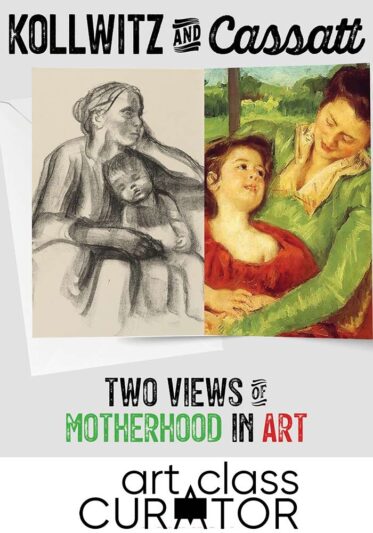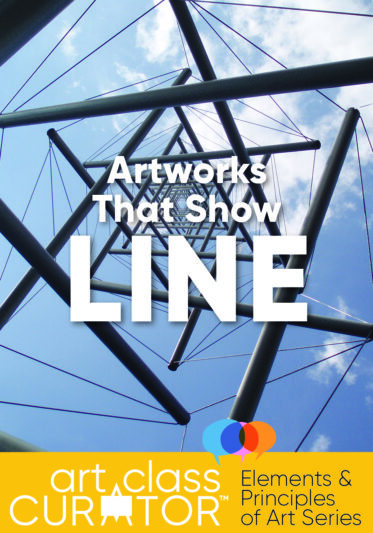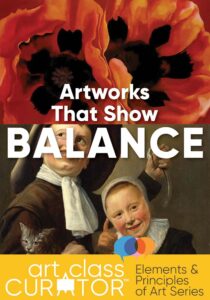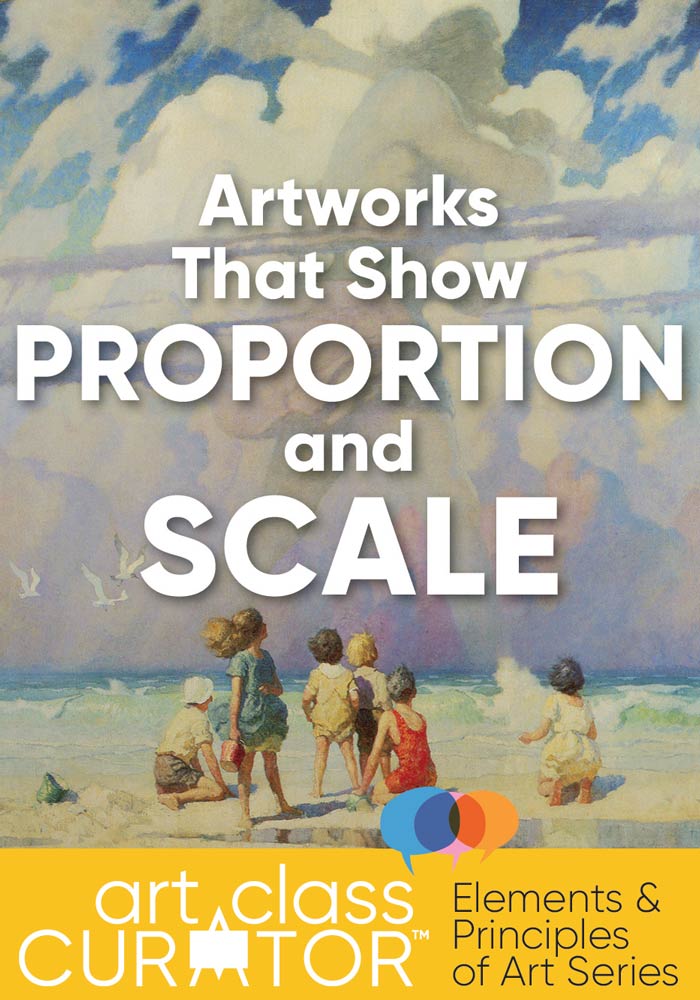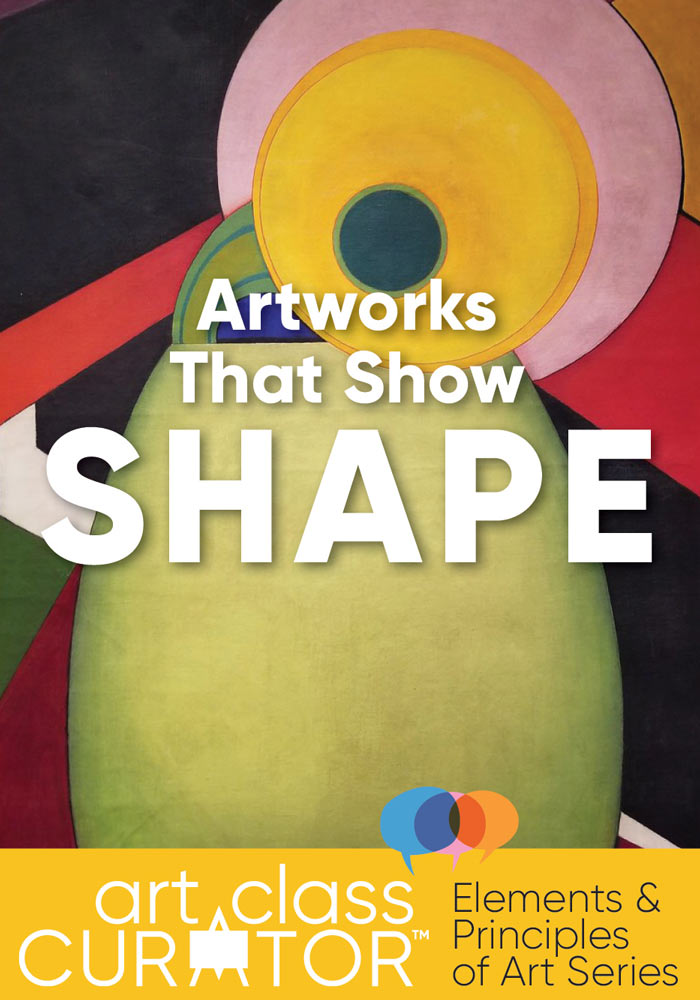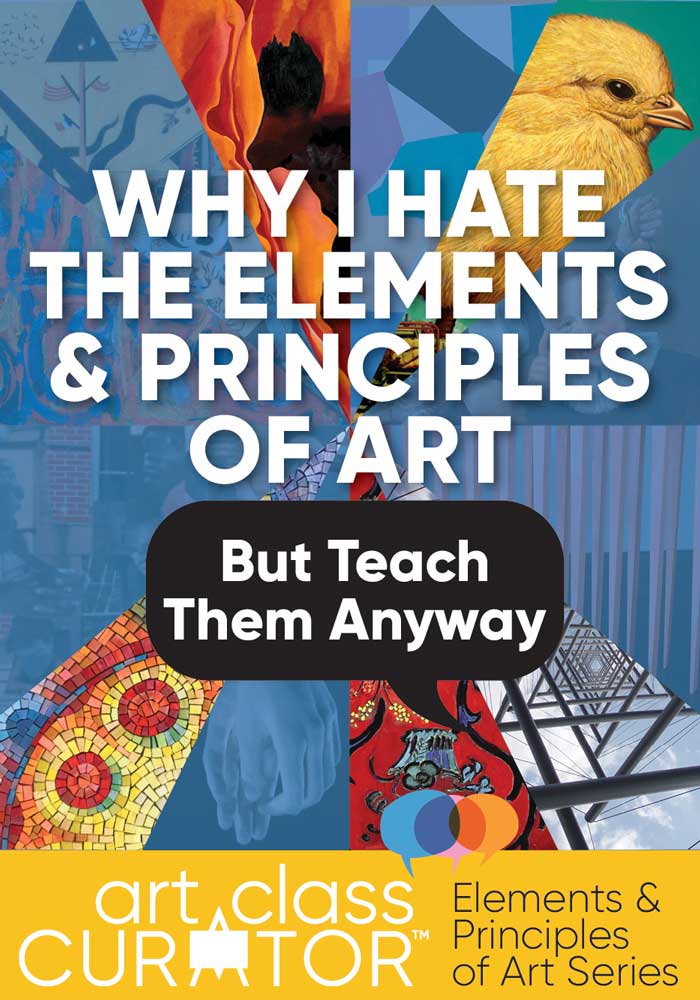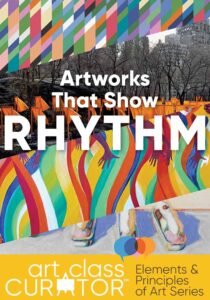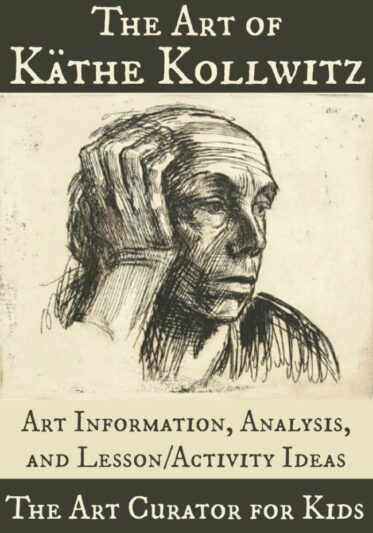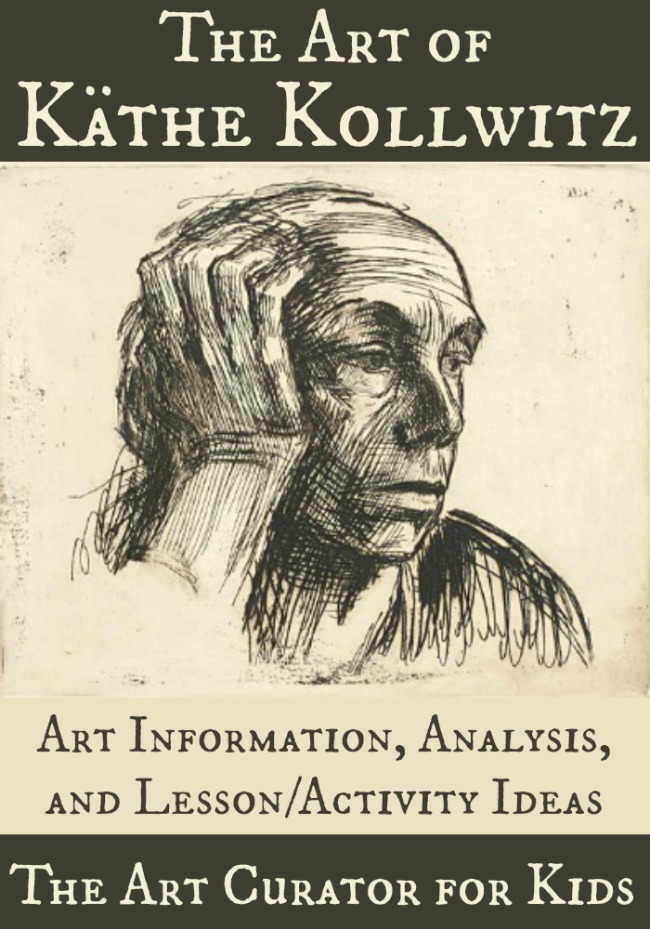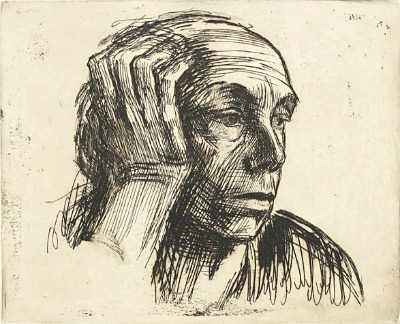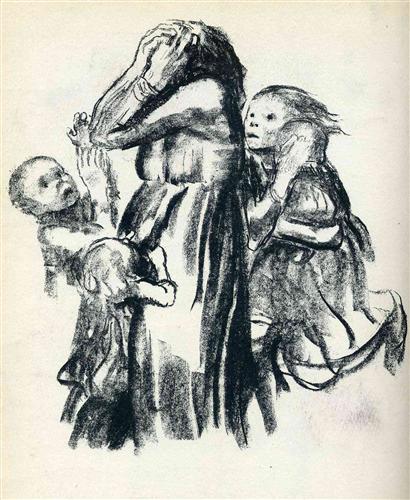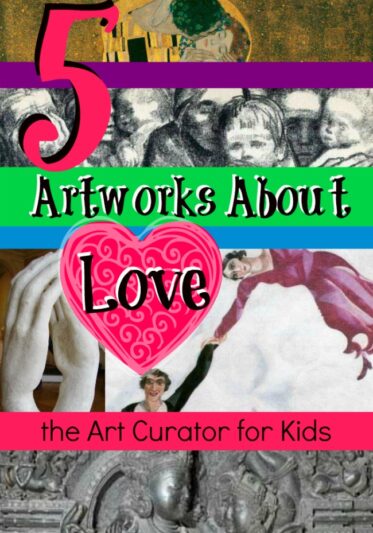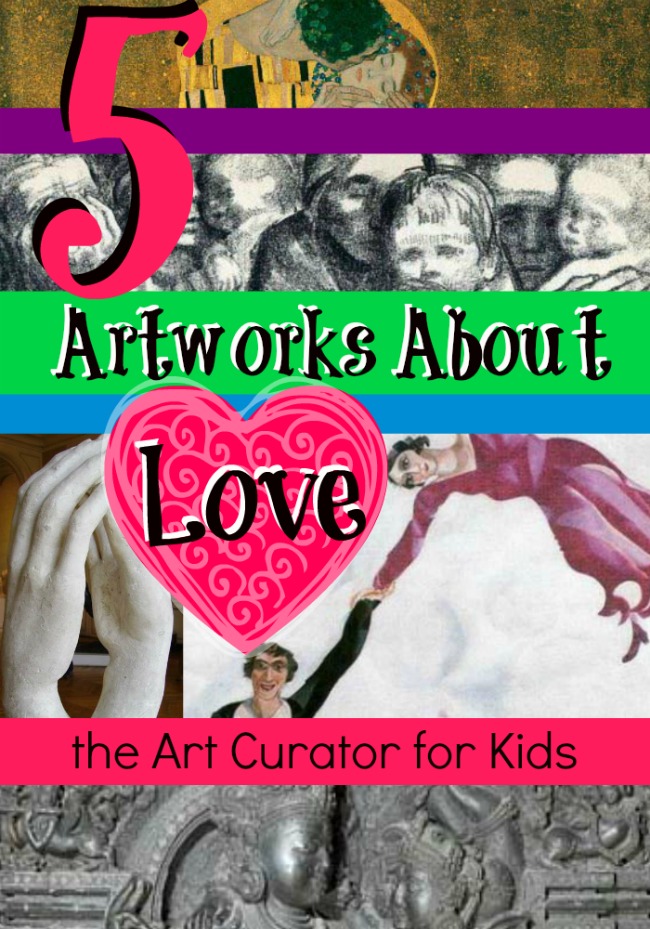Inside: Comparing and contrasting two views of motherhood in art with the work of Käthe Kollwitz and Mary Cassatt, including four free Mother’s Day worksheets.
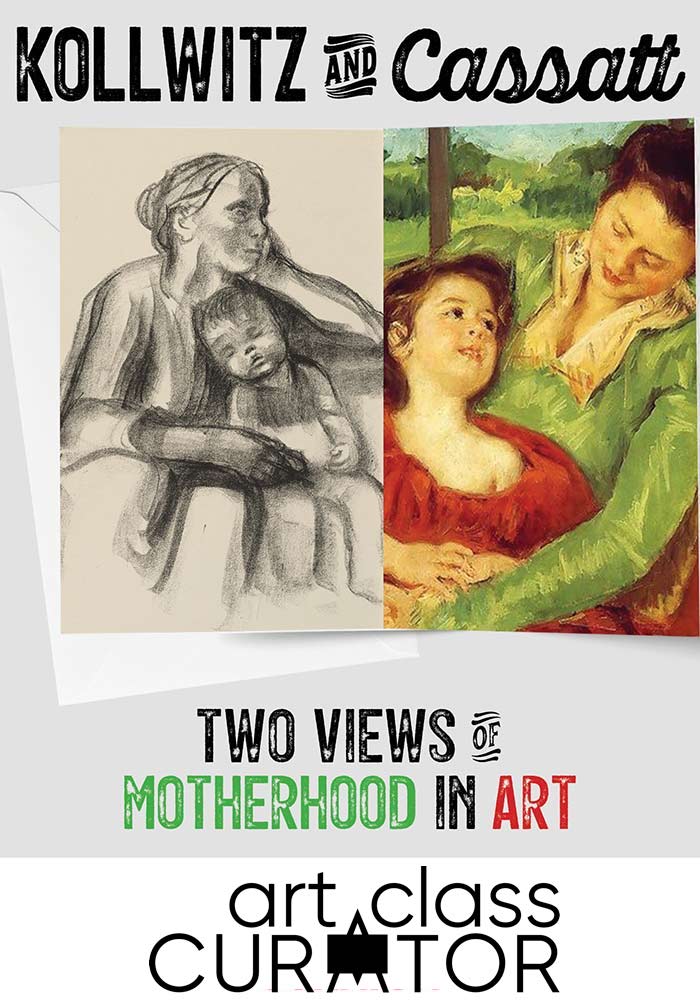
May is the month that we turn our attention to those that bring us into this world. Our mothers.
It’s been called the hardest job, but also the most rewarding. This duality is plain in the two artworks we’re exploring: Mary Cassatt’s Reine Lefebre and Margot before a Window and Käthe Kollwitz’s Worker Woman with Sleeping Child.
Most schoolchildren will celebrate Mother’s Day by bringing home a craft from art class, a little memento of their shared love. But there is another gift we can give the mothers of our students–the gift of being seen. It is difficult for any child to see their mother as an independent person. They are mom, mommy, mama. They’ve been there from the beginning. How can a child ever see the person their mother was before they existed, the person she continues to be?
Using depictions of motherhood in art is a powerful way to bridge this gap without ever having to address it directly. Cassatt and Kollwitz have both been recognized for the way they showed motherhood in art. Mary Cassatt did not have children and said, “There’s only one thing in life for a woman; it’s to be a mother. A woman artist must be…capable of making primary sacrifices.” Käthe Kollwitz was mother to two sons, one of whom died in World War I, a loss that resonated in her work.
That is a compelling difference to share with your students as they analyze these artworks. Which artwork do they think was created by a mother? Does knowing change their interpretations?

On the right: Käthe Kollwitz, Worker Woman with Sleeping Child, 1927
Comparing and Contrasting Motherhood in Art
These artworks are perfect for a classroom discussion. They are captivating on their own. One is sweet and relaxed while the other is bleak and tired. Placed side by side, a narrative of motherhood is created. Use these discussion questions to dive into these artworks with your students:
- What’s going on here, and what do you see that makes you say that?
- How do you think these people feel? How do you feel looking at this artwork?
- How do the expressions of the people influence the mood of the two artworks?
- What are they thinking about?
- How are the figures united?
- How did the artists use the elements and principles of art?
- How do the bright, complementary colors contrast with the black and white piece? Would you feel differently if the colors were switched?
- What do you notice about the lines in each of the artworks?
- How does the background (or lack of one) contribute to the overall feel of the artwork?
- What is the same about the two mothers? What’s different?
- What is the same about the two children? What’s different?
- Why are the mother on the right’s hands dark?
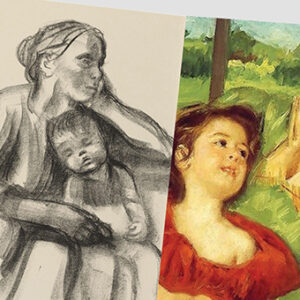
Free Worksheets!
Free Art Worksheets! Motherhood in Art
Four worksheets to analyze two views of motherhood in art with the work of Käthe Kollwitz and Mary Cassatt using narrative writing, character analysis, and compare/contrast.

Free Mother’s Day Worksheets
We’ve created four worksheets that give students a chance to use their language arts skills while exploring motherhood in art.
In the Motherhood & Art narrative worksheets, students choose one of the artworks and craft a story using context clues from the artwork. You can instruct them to write from the mother’s point of view, the child’s point of view, or let them choose. When they’re done, they can read them aloud and discuss how their stories are alike and different and how they came to their conclusions.
The Compare/Contrast worksheet is a great primer for a classroom discussion or as a standalone activity for students to focus on the differences in style and mood.
Now Tweet This! is always a hit with older students. On the worksheet, they create a Twitter dialogue between the mother and daughter in Cassatt’s work, including hashtags and unique handles/usernames. Here’s more character analysis via Twitter.

